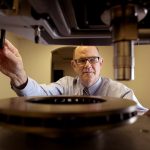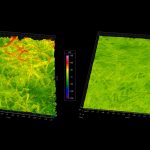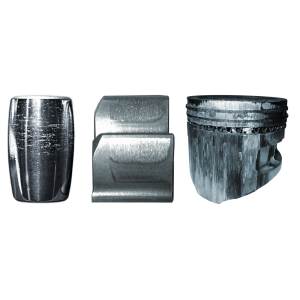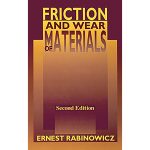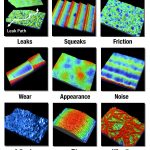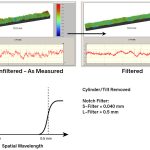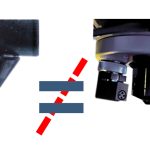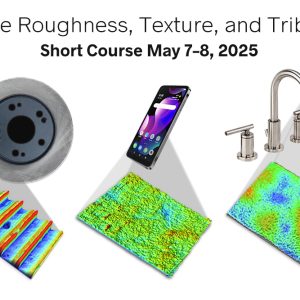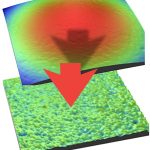A little tribology every morning
Years ago, I’d just completed one of my first major surface roughness measurement projects, and I was considering my next steps to form an actual business. I thought that I would build up a measurement lab to support large volume surface roughness measurement—purchase a number of instruments, hire employees, etc. I asked an engineer friend … Read more

